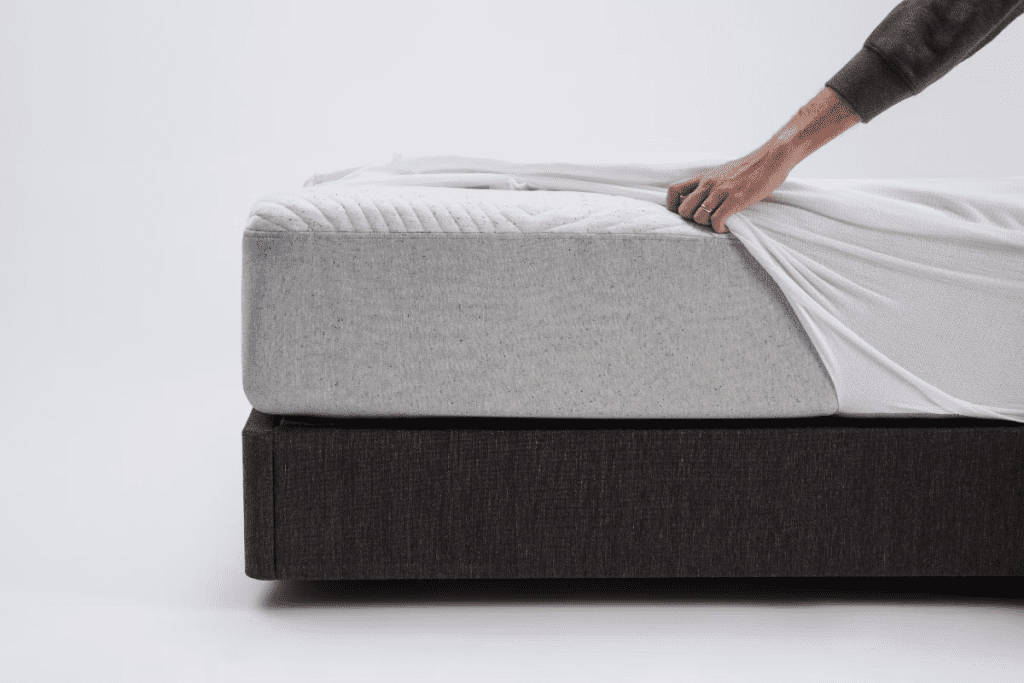Encountering bed bugs can feel like a nightmare. These tiny, blood-feeding pests can quickly turn a peaceful night’s sleep into a restless ordeal. But fear not! This article will guide you through effective methods to eliminate bed bugs, covering everything from understanding these pests to practical strategies for getting rid of them. Let’s dive in!
What Are Bed Bugs? Understanding These Pesky Invaders

Bed bugs are small, oval-shaped insects with a reddish-brown color, and they feed exclusively on blood. Typically found in bedding, furniture, and cracks and crevices, they’re experts at hiding and can quickly go unnoticed until they start biting. With a preference for warm environments, bed bugs tend to be found in bedrooms, which gives them easy access to humans during their sleep.
Identifying the Signs of Bed Bugs
Detecting bed bugs early is key to preventing a full-blown infestation. Here are some common signs:
- Bites and Welts: Bed bugs leave small, red, itchy welts on the skin. While these bites are not always in a straight line, they often cluster together.
- Dark Spots: Look for dark spots on your bedding, mattress seams, or furniture. These are usually bed bug droppings and can resemble tiny specks of dirt.
- Shed Skins and Eggshells: As bed bugs grow, they shed their skin. You may also find tiny, white eggs, typically the size of a pinhead.
- Blood Stains: If you notice small bloodstains on your sheets or pillowcases, these may be from accidentally crushing a bed bug after it has fed.
If you notice any of these signs, it’s time to take action!
Effective Bed Bug Removal Strategies
Once you’ve confirmed the presence of bed bugs, it’s time to eliminate them. The process requires thoroughness, persistence, and a combination of methods for optimal results.
1. Declutter and Organize
Bed bugs love hiding in cluttered areas. Start by organizing and decluttering your bedroom and any other areas where you suspect bed bugs may be hiding. Remove items that don’t belong, such as piles of clothes or stacks of books, to reduce potential hiding places.
2. Wash and Heat-Treat Linens and Clothing
Bed bugs are highly sensitive to heat. Gather all infested items, including bedding, clothing, and any fabric materials, and wash them on the highest possible heat setting. Drying these items at high heat for at least 30 minutes will kill bed bugs and their eggs. For non-washable items, placing them in a dryer on high heat for a similar duration can be just as effective.
3. Vacuum Thoroughly with a HEPA Filter
A vacuum with a HEPA filter is ideal for capturing bed bugs. Focus on vacuuming the seams of mattresses, box springs, bed frames, carpets, and cracks in the floor or baseboards. After vacuuming, seal and discard the vacuum bag outside to prevent any bugs from re-entering your home. This step won’t eliminate the infestation alone but will significantly reduce the population.
4. Use Natural Remedies Like Diatomaceous Earth
Diatomaceous earth (DE) is a natural powder that dehydrates and kills bed bugs on contact. Spread a thin layer of DE around areas where you suspect bed bugs are hiding, such as mattress seams, baseboards, and under furniture. It’s non-toxic to humans and pets, making it a safer option for home use. Be sure to use food-grade DE and leave it in place for at least 24 hours before vacuuming it up.
Immediate Solutions for Bed Bug Eradication

While the above steps are effective, sometimes, you need an immediate solution to start seeing results.
1. Steam Cleaning
Steam cleaning is one of the best ways to kill bed bugs and their eggs instantly. Bed bugs cannot withstand high temperatures, so applying a steam cleaner to affected areas will eliminate them on contact. Run the steamer over mattresses, headboards, furniture, and even carpets. Make sure to use a steamer with a nozzle temperature of at least 200°F for effective results.
2. Cautious Use of Insecticides
If you choose to use insecticides, carefully read and follow the product instructions. Insecticides labeled for bed bugs can be helpful, but they must be used as directed to ensure your safety. Many people prefer professional pest control companies for insecticide application, as these experts know how to apply chemicals safely and effectively.
Post-Infestation Precautions
Even after you’ve eliminated bed bugs, staying vigilant is essential to avoid a re-infestation. Bed bugs are excellent at hitchhiking, so follow these steps to prevent bringing them back:
1. Inspect and Treat Your Belongings
After staying in hotels, traveling, or bringing secondhand items home, inspect your belongings carefully. Wash clothing on high heat and inspect your luggage, backpacks, and bags for any signs of bed bugs.
2. Use Protective Covers for Your Mattress and Box Spring

Investing in bed bug-proof covers for your mattress and box spring can be highly effective. These covers seal bed bugs in, preventing them from escaping and biting you. They also stop new bed bugs from entering the mattress, providing a protective barrier.
3. Monitor Your Home Regularly
Keeping an eye out for signs of bed bugs can help you catch a problem early on. Regularly vacuum and inspect the areas where bed bugs might hide. Consider setting up bed bug interceptors under the legs of your bed to trap any bugs that try to crawl up.
A Word of Caution
Patience and persistence are essential when dealing with bed bugs. Overusing pesticides can harm your health, so prioritize safety and try non-chemical methods first. Always follow proper guidelines and, if possible, seek professional help when necessary.
Conclusion
Eliminating bed bugs may seem daunting, but with the right approach, you can rid your home of these pests. By staying vigilant, utilizing a combination of heat treatment, vacuuming, and natural remedies like diatomaceous earth, you can effectively control and prevent bed bug infestations. Remember, thoroughness is your best weapon—so take the time to treat your entire space, and you’ll soon be back to enjoying peaceful nights and restful sleep.